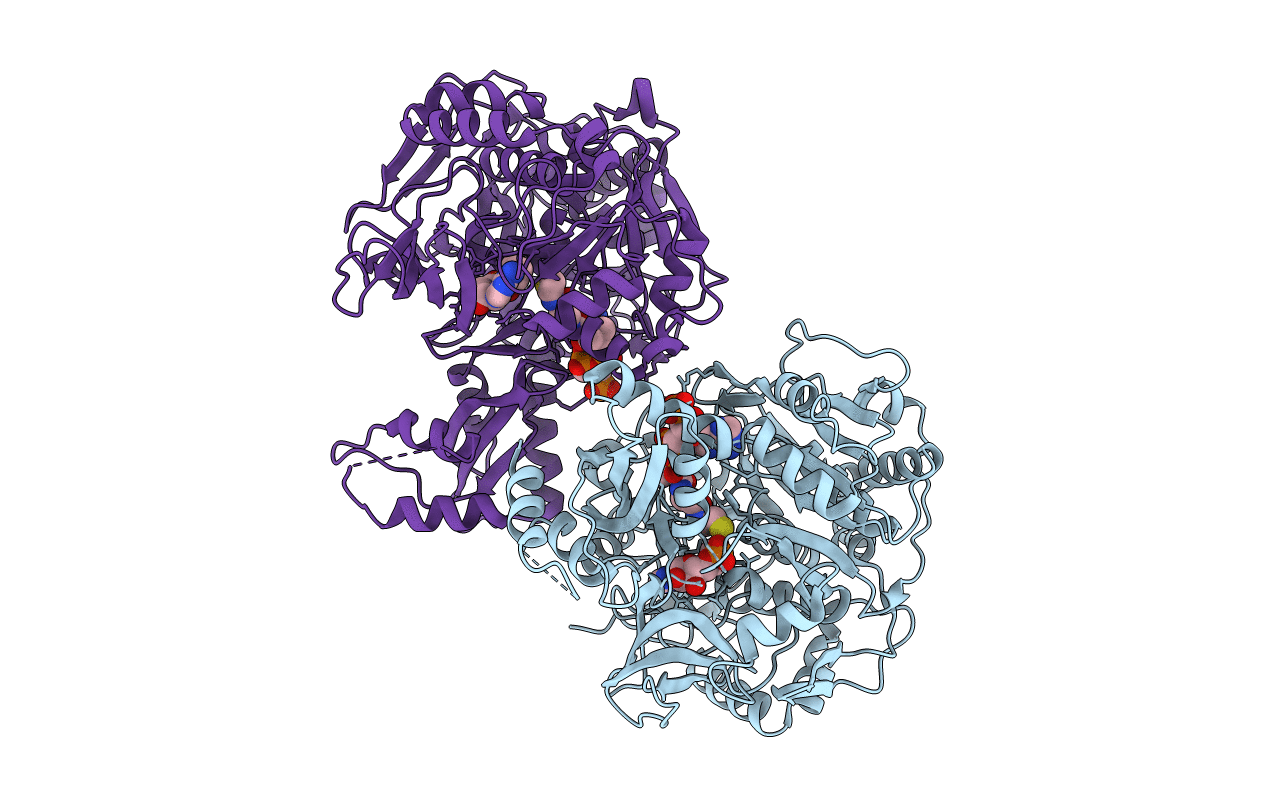
Deposition Date
2007-03-07
Release Date
2007-05-29
Last Version Date
2024-03-13
Entry Detail
Biological Source:
Source Organism:
Salmonella typhimurium (Taxon ID: 602)
Host Organism:
Method Details:
Experimental Method:
Resolution:
2.30 Å
R-Value Free:
0.23
R-Value Work:
0.18
R-Value Observed:
0.18
Space Group:
P 21 21 21


